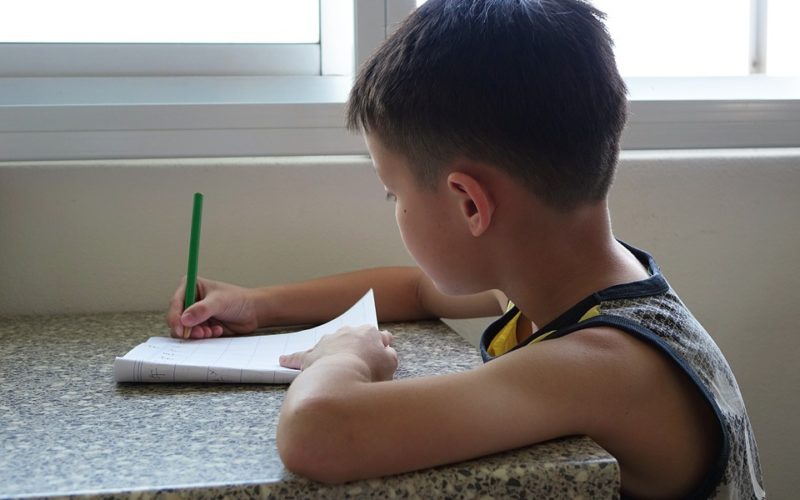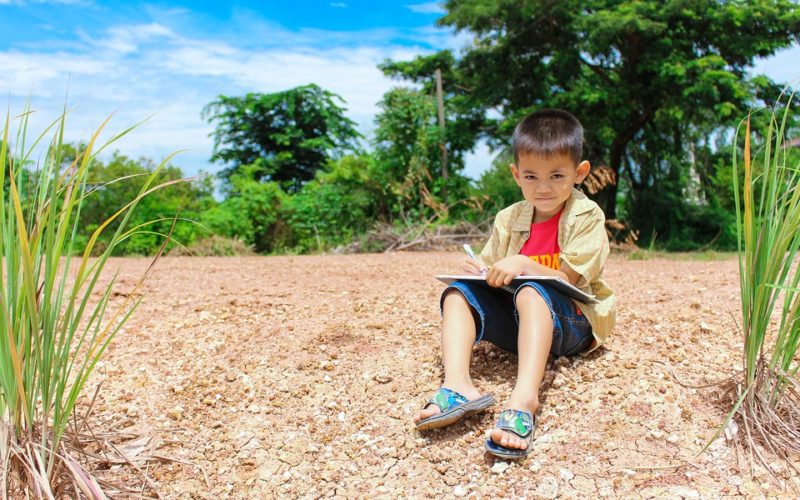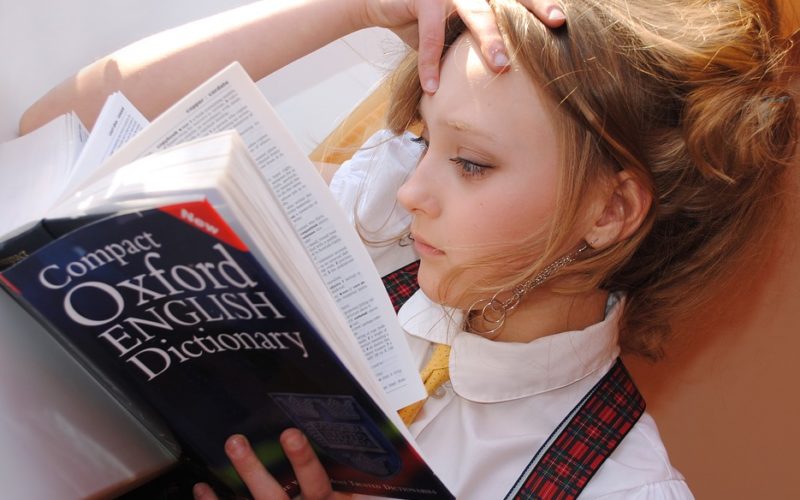Learning The Basics About Writing
Children are surrounded by stories, and some of them are true while others are fiction. Believing a true story could be important, but fiction is a way to expand the imagination and look at what the future can hold. Telling the difference between these two categories is often difficult for young children, so it is important to help them understand the ways they can separate them. Education in this facet of the English language can be difficult for educators when faced with the stories told on the big screen, and even well written books can make it difficult. Reinforcing their understanding of the subject will help students separate fact from fiction in other areas of their lives, so teachers work hard to help them learn.
The Beauty of Fiction
Children live in a world that is still relatively new to them, and their parents often encourage them to use their own imagination to help them learn to accept the everyday wonders of life. For a child that has never seen a large waterfall, experiencing one can be a shocking experience. Teaching them to accept it is easier if they see a fictional tale about explorers who raft down a mighty river and face a giant waterfall. This is the beauty of fiction, and it is a good way to help children accept the facts they could possibly face within their lifetime. It helps expand their thought patterns to accept what might seem impossible under any other circumstances.
Living with the Truth
While it is good to help children learn to accept reality by using their own imagination, they must also learn to live in the real world. Accepting something fictional as true is not always a good thing, so teaching them about stories and fables is necessary. If they understand the importance of a true story, they will then be able to understand it could happen to them at any time. This type of acceptance is not always good for avoiding nightmares, but it is a way to keep children safe from dangers they will encounter.
Courage through Adventure
Children who are taught to love reading are often drawn to adventure stories, and some of them might go on to write their own. For educators who are attempting to help children understand this type of writing, students in English KS2 Powerpoints can be taught using an education slide show from Primary Teaching Resources that will help them understand how these stories are put together. It gives them a way to break down the story into parts they can easily manage, and they are encouraged to write their own adventure stories.
One of the more difficult facets of the modern world is teaching children the difference between reality and fiction, and the art of movies and television have complicated the issue. Young students, learning to read and write, will need to know the difference so they can make a good assessment of any story they come across. There are many ways to do this, and teaching them how to break down a story to its component parts and possibly build their own is a good way for educators to begin the process.





